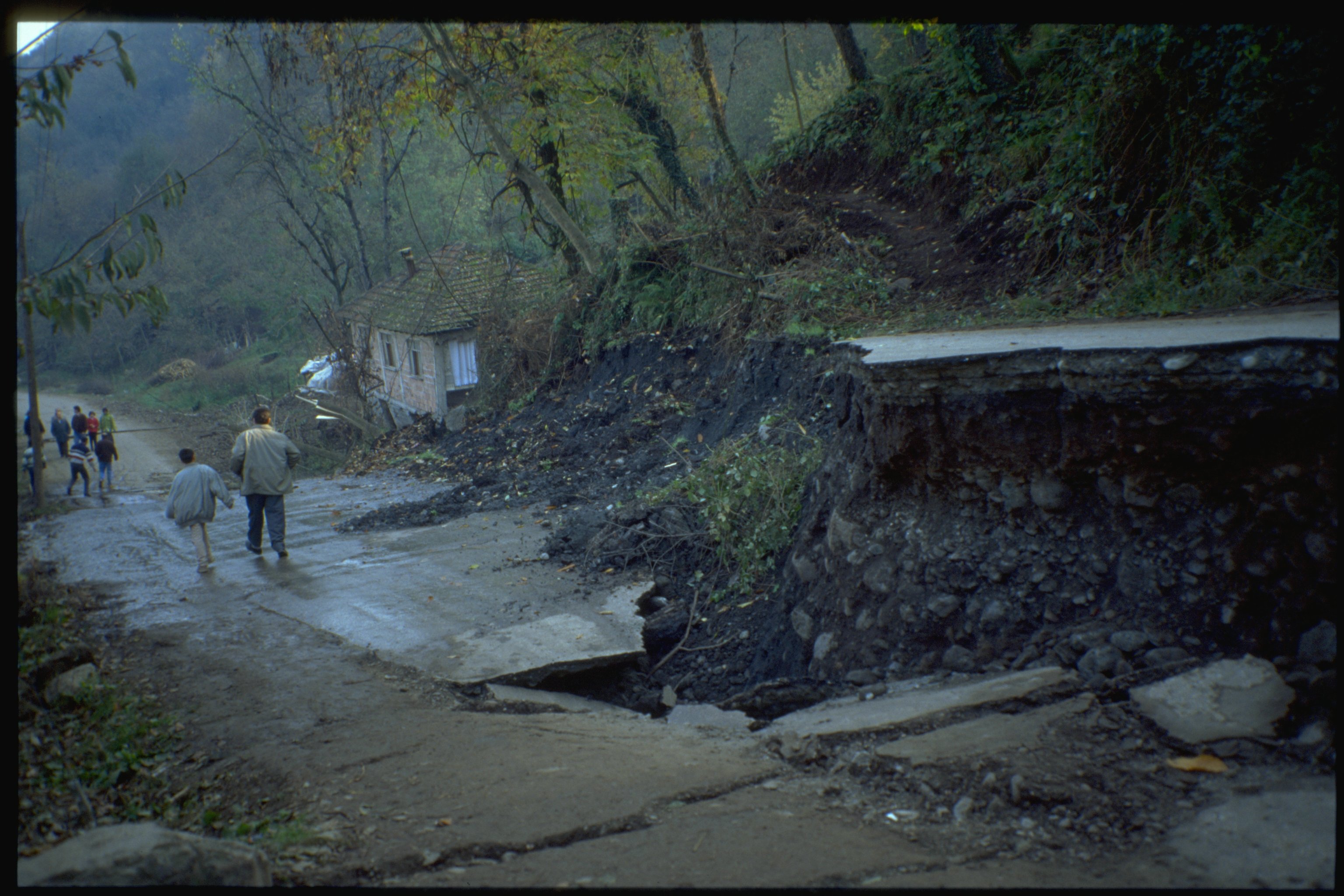All Categories
Featured
Table of Contents
Geophysical Survey Definition in Kenwick Australia 2021

The main design for the radial structure of the interior of the Earth is the preliminary reference Earth model (PREM). Some parts of this model have actually been upgraded by current findings in mineral physics (see post-perovskite) and supplemented by seismic tomography. The mantle is primarily made up of silicates, and the boundaries between layers of the mantle are constant with stage shifts.

Schematic of Earth's magnetosphere. Circulations from left to.
Inside the magnetosphere, there are relatively dense regions of solar wind particles called the Van Allen radiation belts. Geophysical measurements are usually at a specific time and location.
Career Opportunities In Geology in Parkwood Oz 2023
, integrates huge coordinates and the local gravity vector to get geodetic collaborates. This method just provides the position in two collaborates and is more tough to use than GPS.
Relative positions of two or more points can be determined using very-long-baseline interferometry. Gravity measurements entered into geodesy due to the fact that they were needed to related measurements at the surface of the Earth to the referral coordinate system. Gravity measurements on land can be made utilizing gravimeters released either on the surface area or in helicopter flyovers.
Sea level can also be measured by satellites utilizing radar altimetry, contributing to a more accurate geoid. In 2002, NASA released the Gravity Recovery and Environment Experiment (GRACE), wherein two twin satellites map variations in Earth's gravity field by making measurements of the distance in between the two satellites utilizing GPS and a microwave ranging system. Satellites in area have actually made it possible to collect data from not only the visible light area, but in other areas of the electromagnetic spectrum. The planets can be characterized by their force fields: gravity and their electromagnetic fields, which are studied through geophysics and space physics. Determining the modifications in acceleration experienced by spacecraft as they orbit has permitted fine details of the gravity fields of the worlds to be mapped.
Geophysical Surveys - Method Types And Work Tehniques I ... in Karawara WA 2021

Since geophysics is worried with the shape of the Earth, and by extension the mapping of features around and in the world, geophysical measurements include high precision GPS measurements. As soon as the geophysical measurements have been processed and inverted, the analyzed results are outlined using GIS.
Lots of geophysics companies have created internal geophysics programs that pre-date Arc, GIS and Geo, Soft in order to fulfill the visualization requirements of a geophysical dataset. Expedition geophysics is applied geophysics that often uses remote sensing platforms such as; satellites, aircraft, ships, boats, rovers, drones, borehole sensing devices, and seismic receivers.
For circumstances, aeromagnetic information (airplane gathered magnetic information) collected using traditional fixed-wing aircraft platforms need to be fixed for electromagnetic eddy currents that are developed as the aircraft moves through Earth's electromagnetic field. There are likewise corrections connected to modifications in determined possible field intensity as the Earth turns, as the Earth orbits the Sun, and as the moon orbits the Earth.
Geophysical Survey - Suffolk Heritage Explorer in Cardup Australia 2022
Signal processing includes the correction of time-series information for unwanted noise or mistakes presented by the measurement platform, such as airplane vibrations in gravity information. It likewise includes the decrease of sources of noise, such as diurnal corrections in magnetic data. In seismic data, electromagnetic data, and gravity data, processing continues after error corrections to consist of computational geophysics which result in the final interpretation of the geophysical data into a geological interpretation of the geophysical measurements Geophysics emerged as a different discipline just in the 19th century, from the intersection of physical location, geology, astronomy, meteorology, and physics.
The magnetic compass existed in China back as far as the 4th century BC. It was not until great steel needles could be forged that compasses were used for navigation at sea; prior to that, they could not keep their magnetism long enough to be beneficial.
By looking at which of eight toads had the ball, one could determine the direction of the earthquake. It was 1571 years before the first style for a seismoscope was published in Europe, by Jean de la Hautefeuille. It was never built. Among the publications that marked the start of modern-day science was William Gilbert's (1600 ), a report of a series of precise experiments in magnetism.
Bs In Physics: Geophysics in Bayswater WA 2020
In 1687 Isaac Newton released his, which not just laid the structures for classical mechanics and gravitation but also described a variety of geophysical phenomena such as the tides and the precession of the equinox. The very first seismometer, an instrument efficient in keeping a constant record of seismic activity, was built by James Forbes in 1844. Geochemistry, Geophysics, Geosystems. National Aeronautics and Space Administration. Recovered 13 November 2018.
Runcorn, S.K, (editor-in-chief), 1967, International dictionary of geophysics:. Pergamon, Oxford, 2 volumes, 1,728 pp., 730 fig Geophysics, 1970, Encyclopaedia Britannica, Vol. Intro to seismology (Second ed.).
Table of Contents
Latest Posts
How To Become A Geologist Or Geophysicist in Ardross Aus 2023
Archaeological Geophysics And Geochemistry Planning A Geophysical Survey: Environmental & Physical ... in Applecross Aus 2022
Why Study Geophysics? in Mundijong WA 2022
More
Latest Posts
How To Become A Geologist Or Geophysicist in Ardross Aus 2023
Archaeological Geophysics And Geochemistry Planning A Geophysical Survey: Environmental & Physical ... in Applecross Aus 2022
Why Study Geophysics? in Mundijong WA 2022